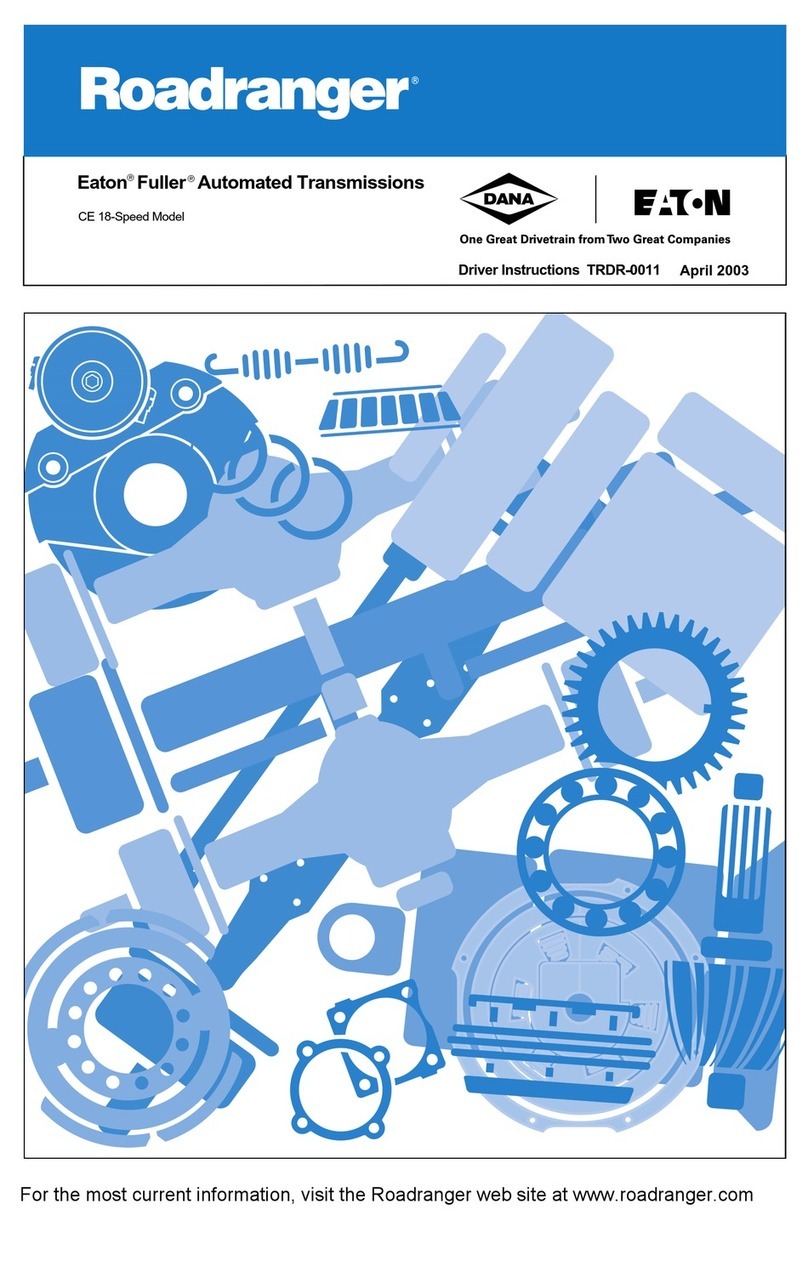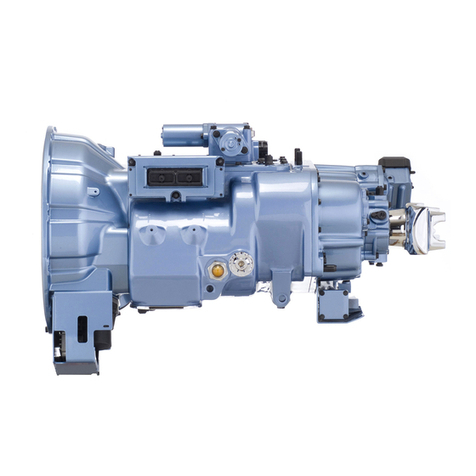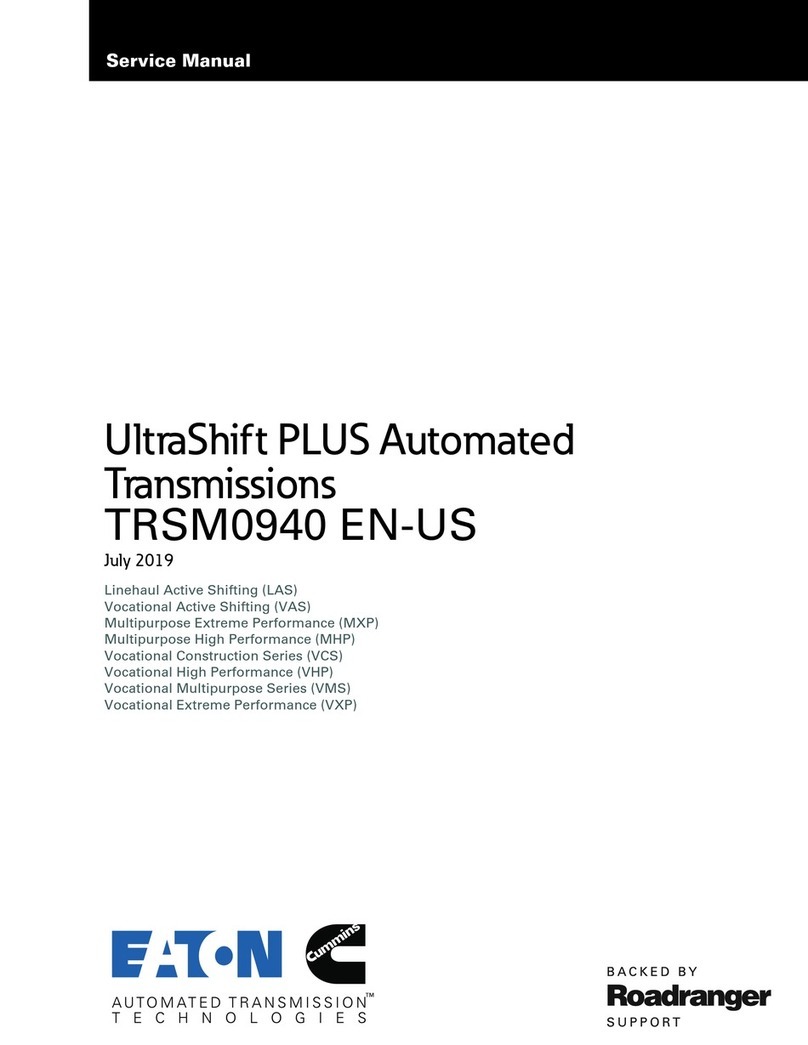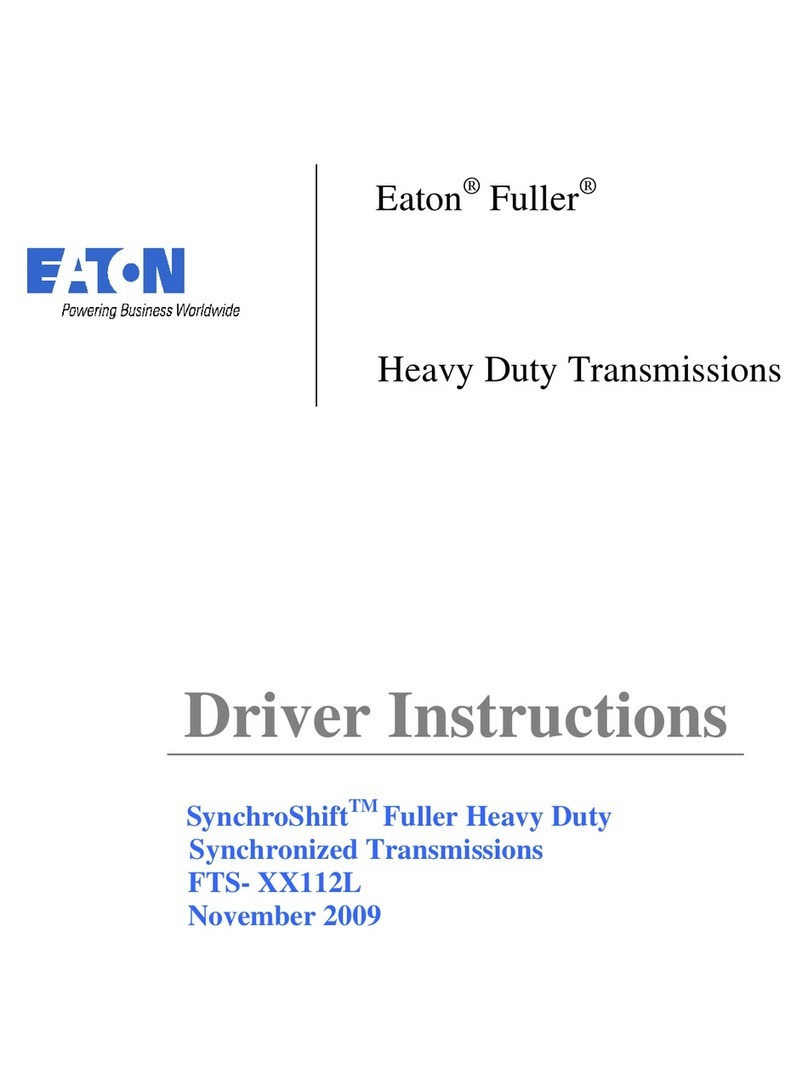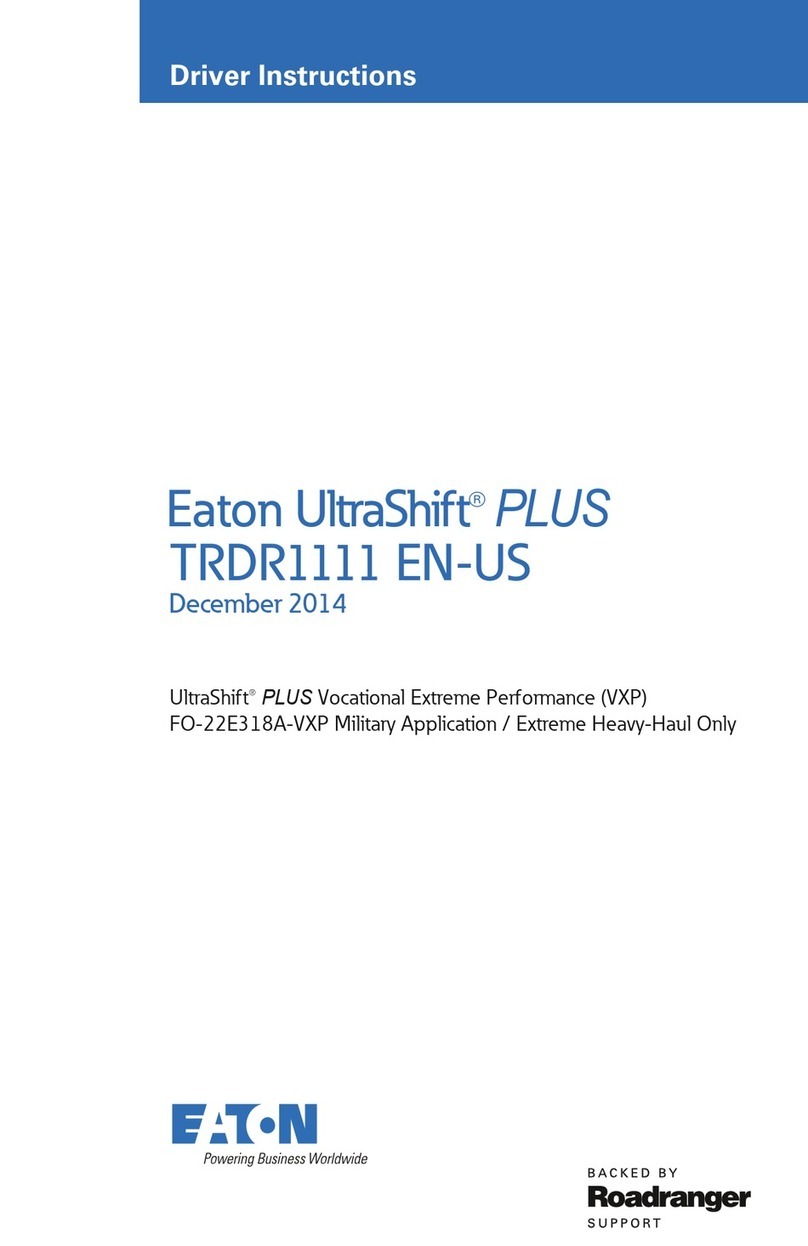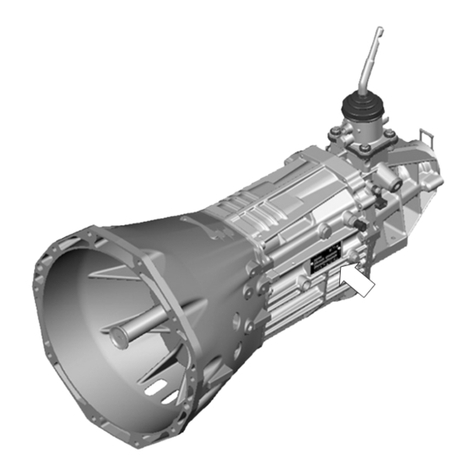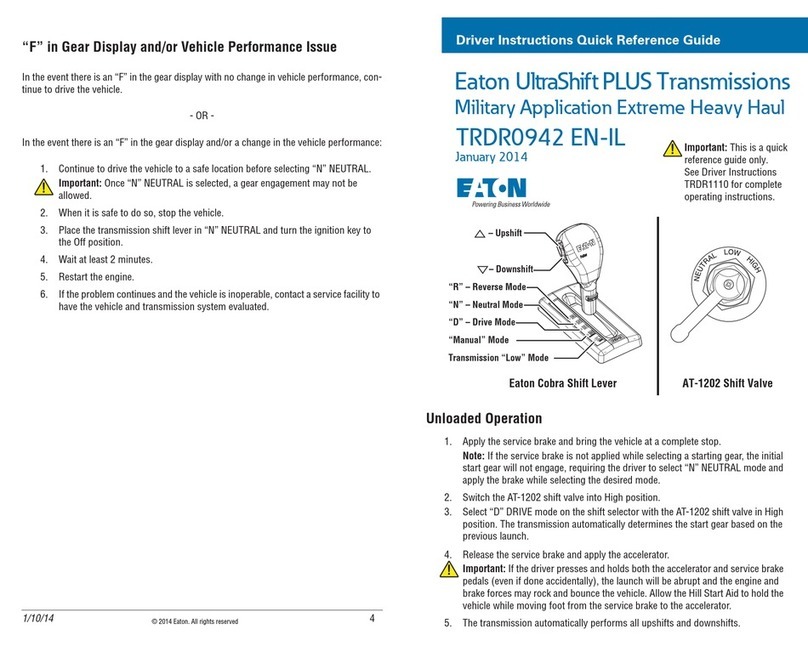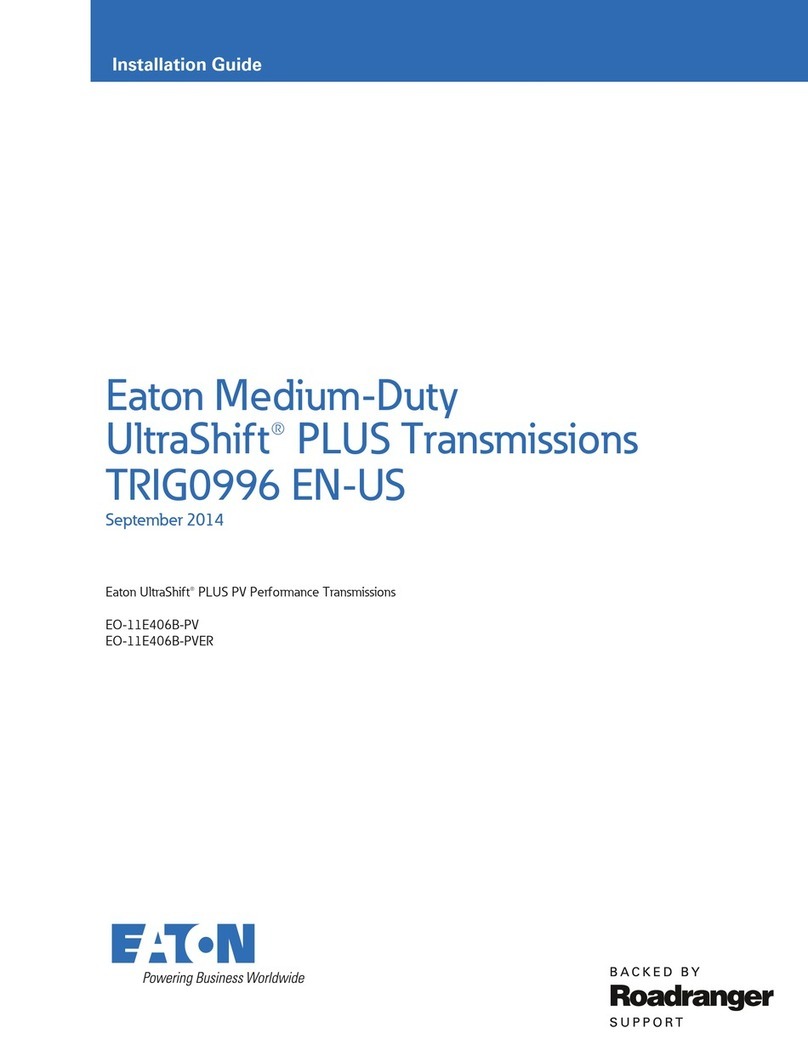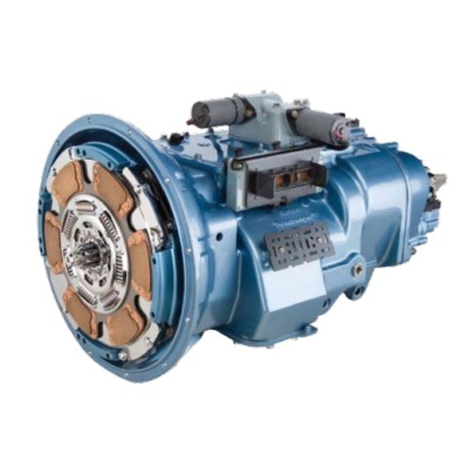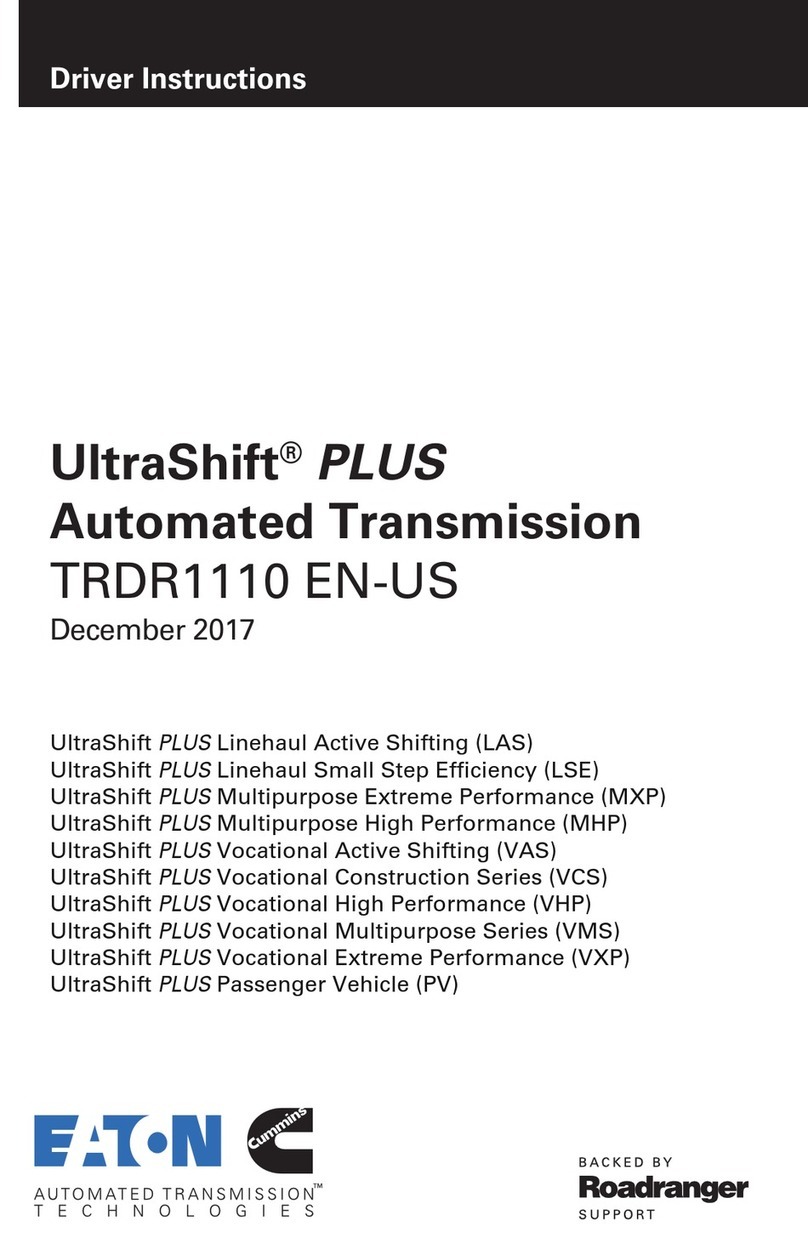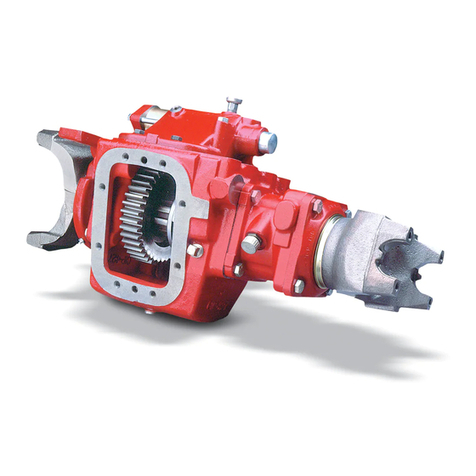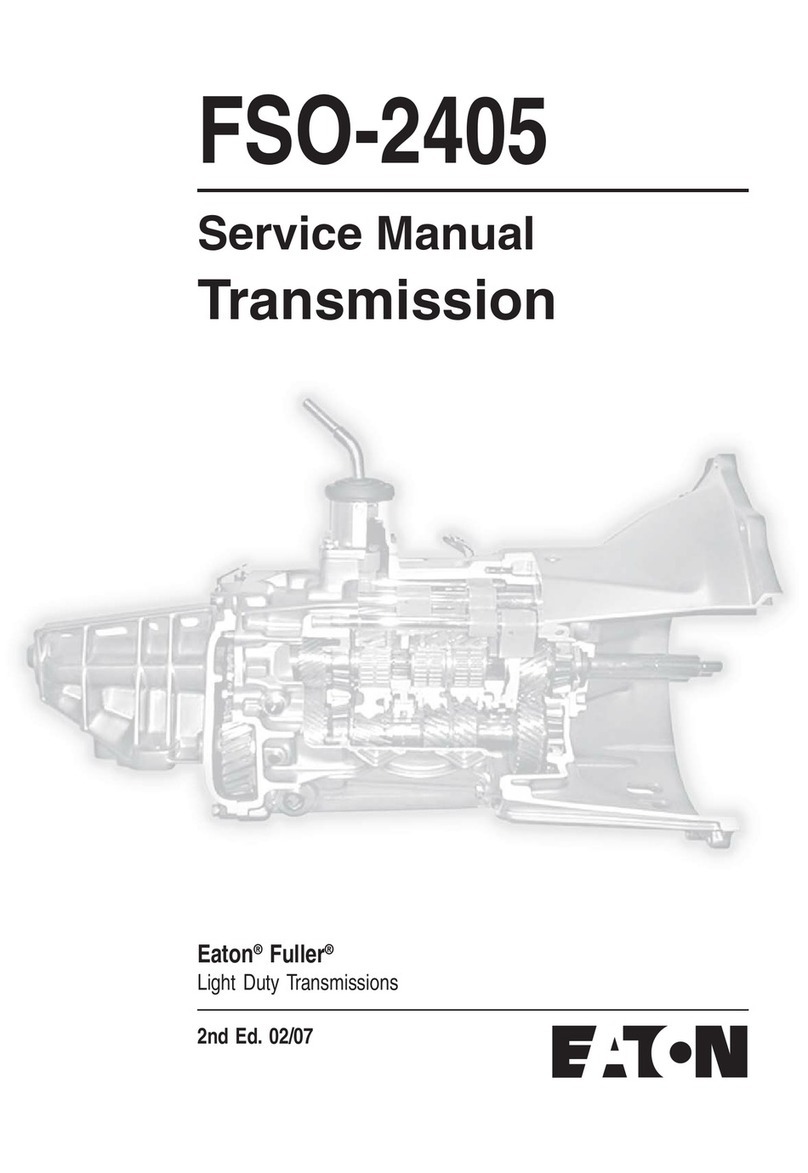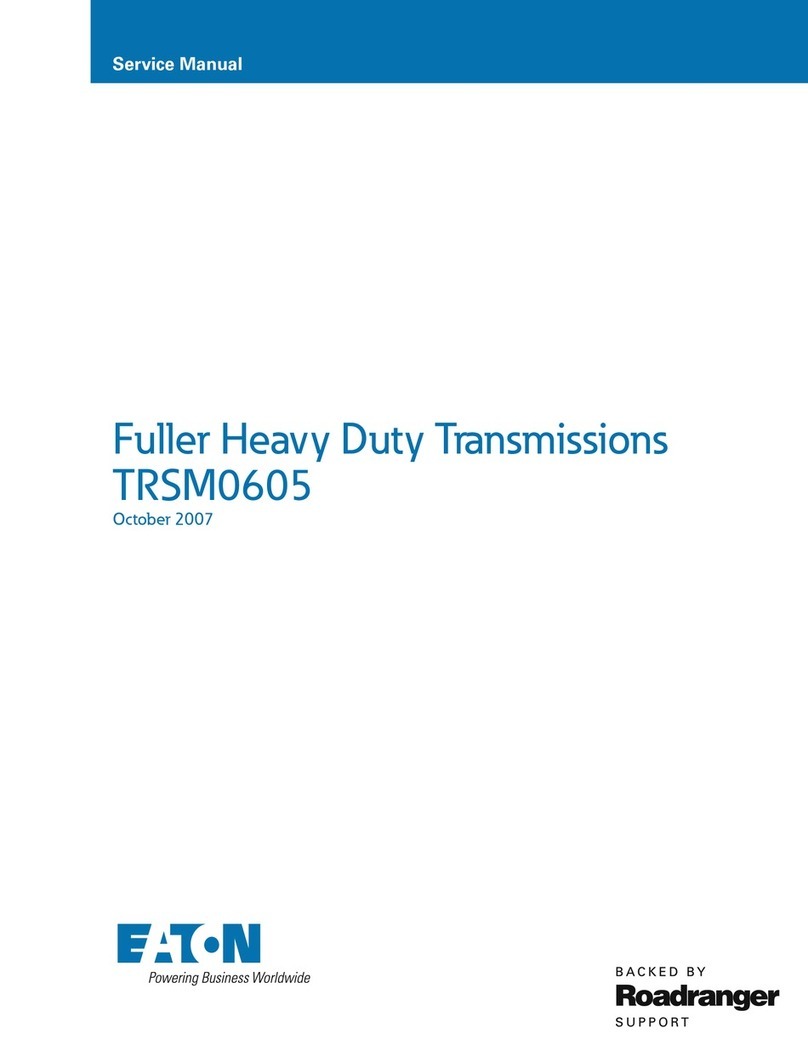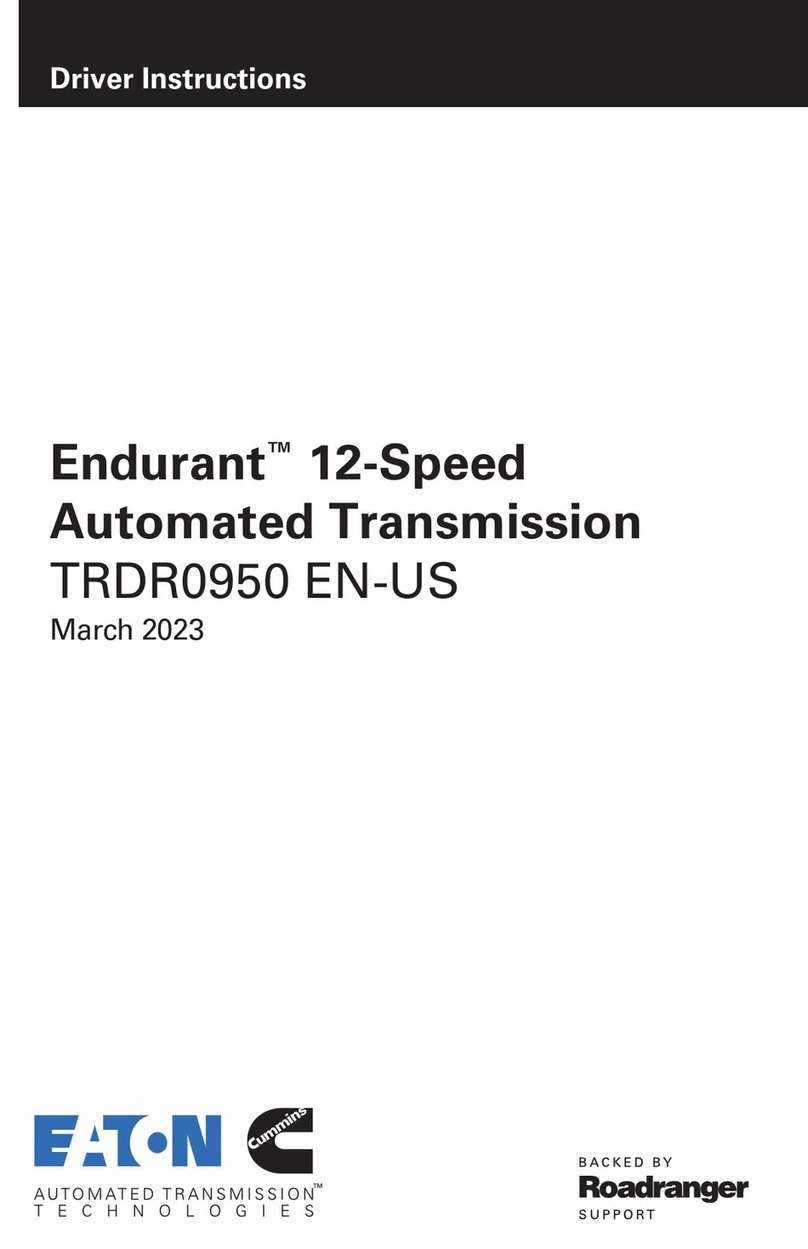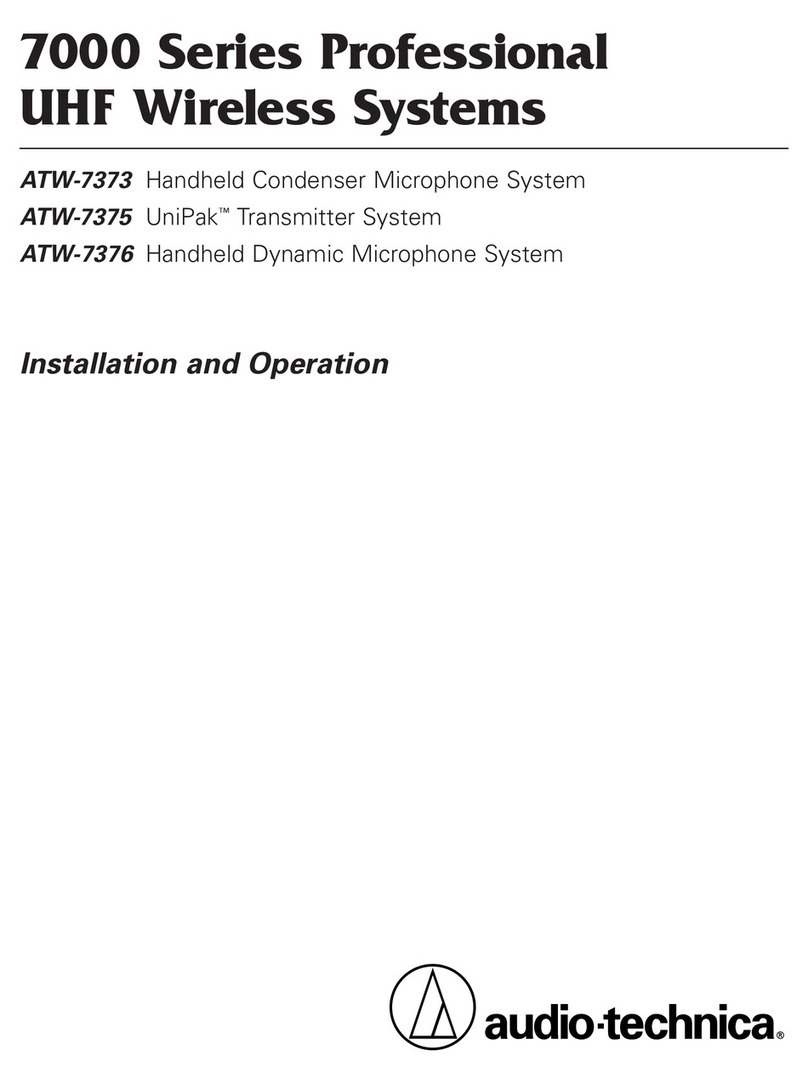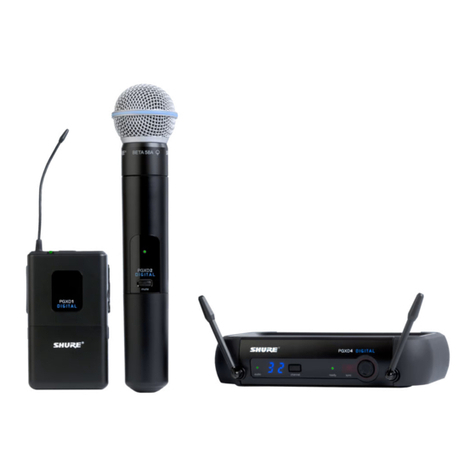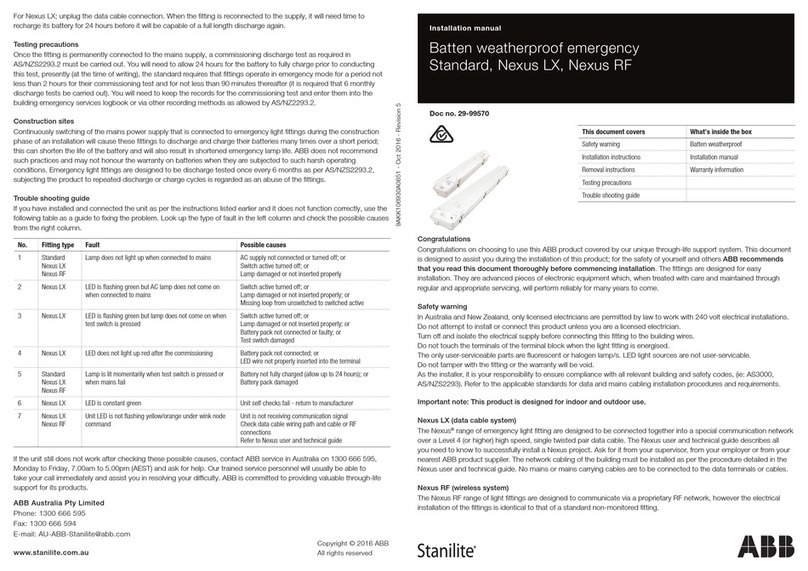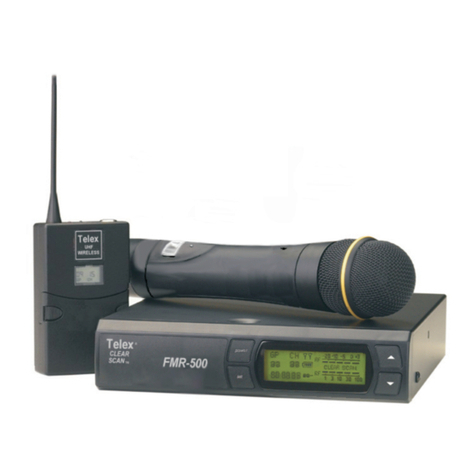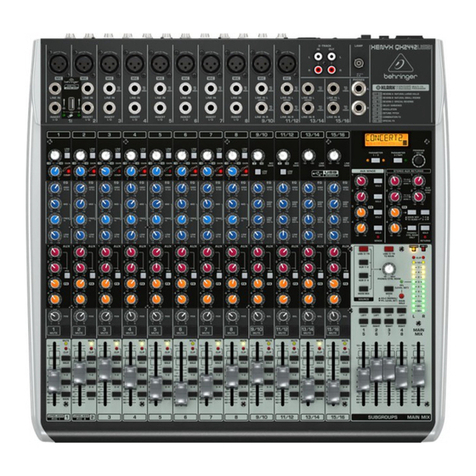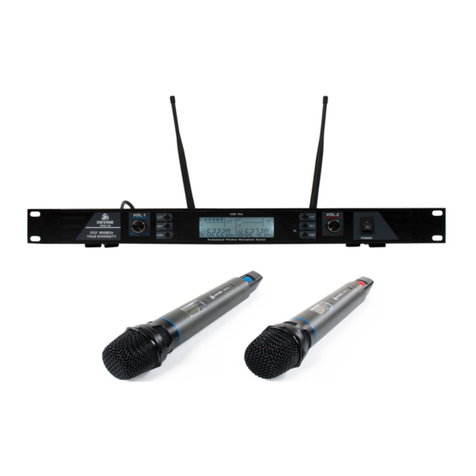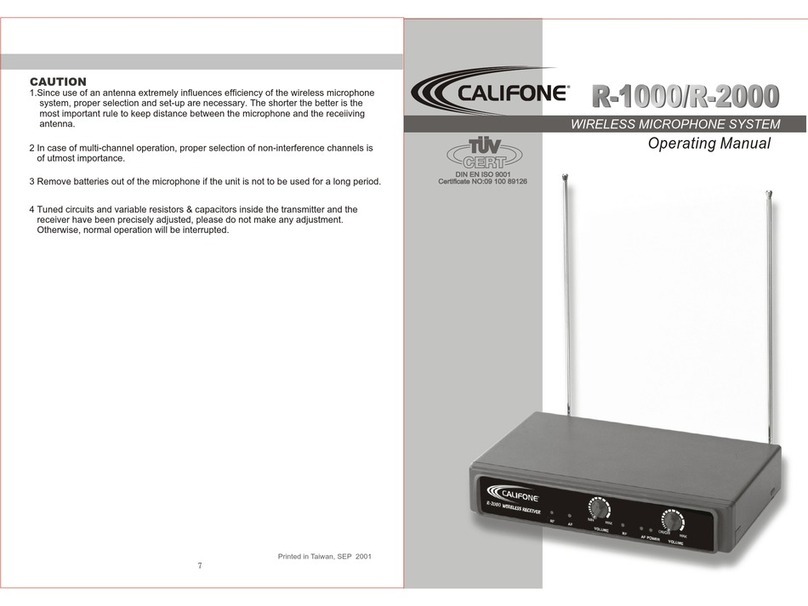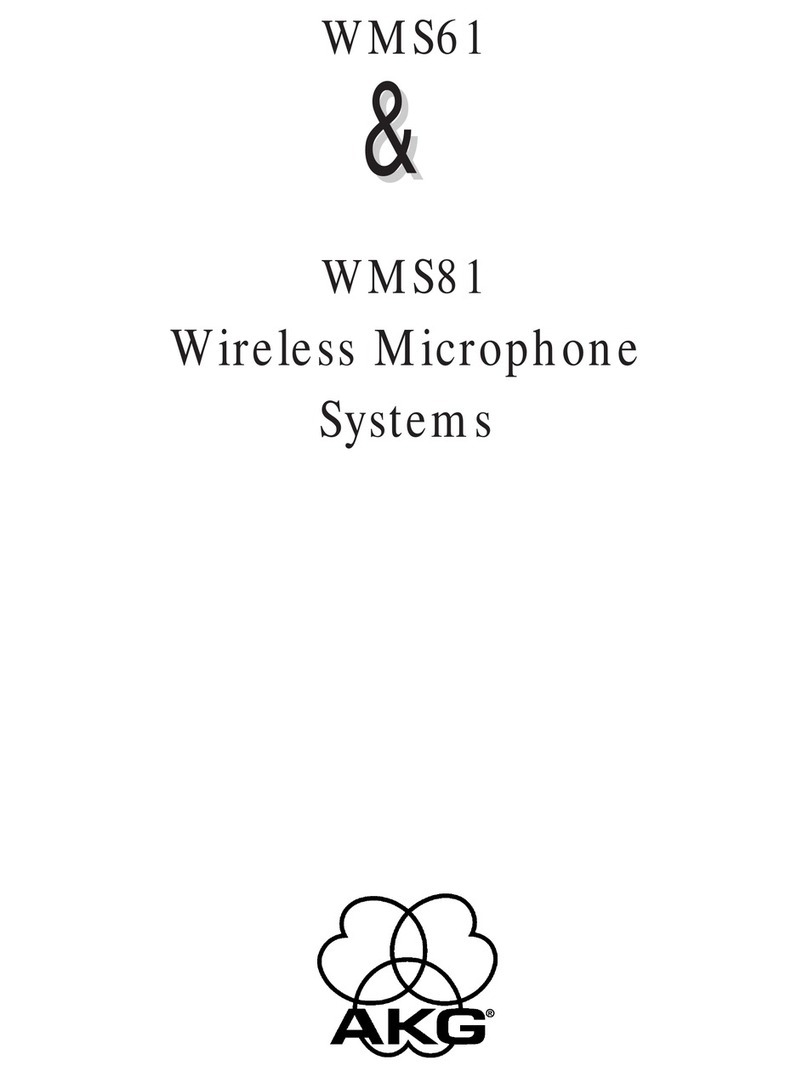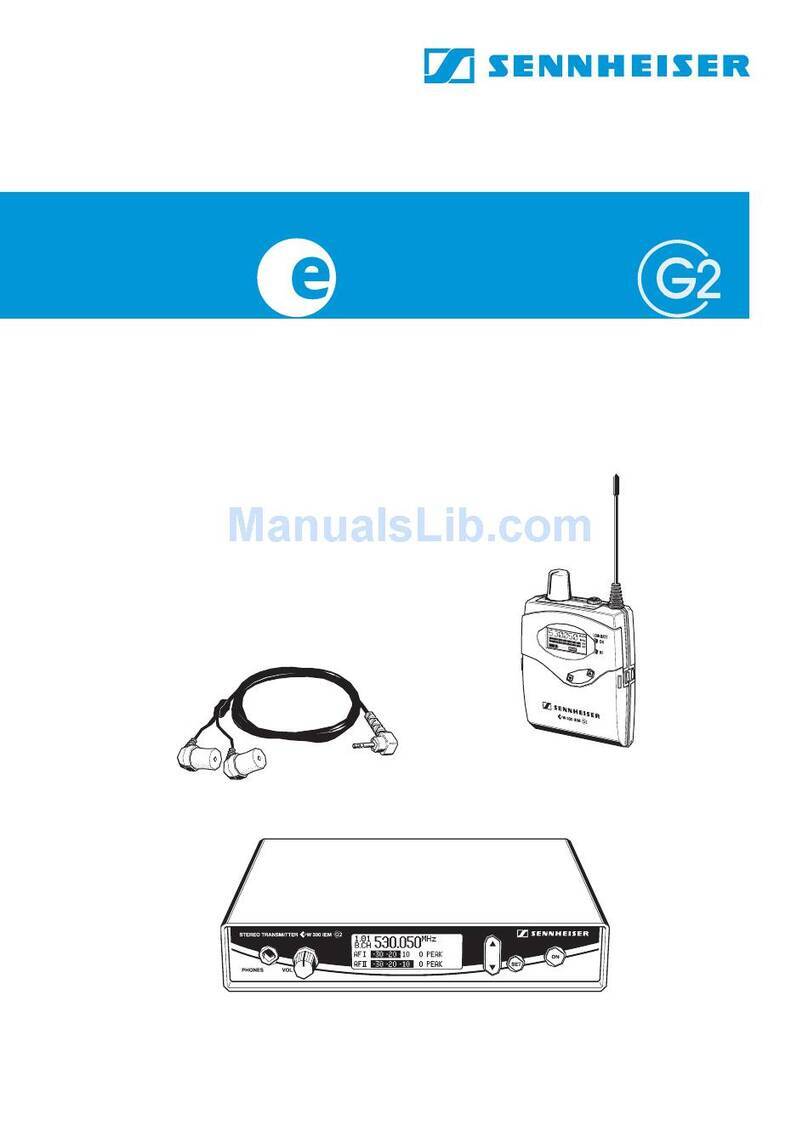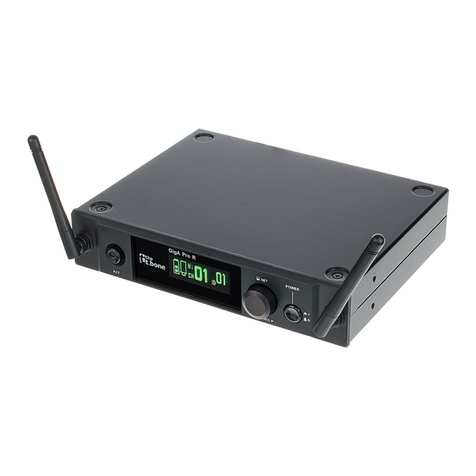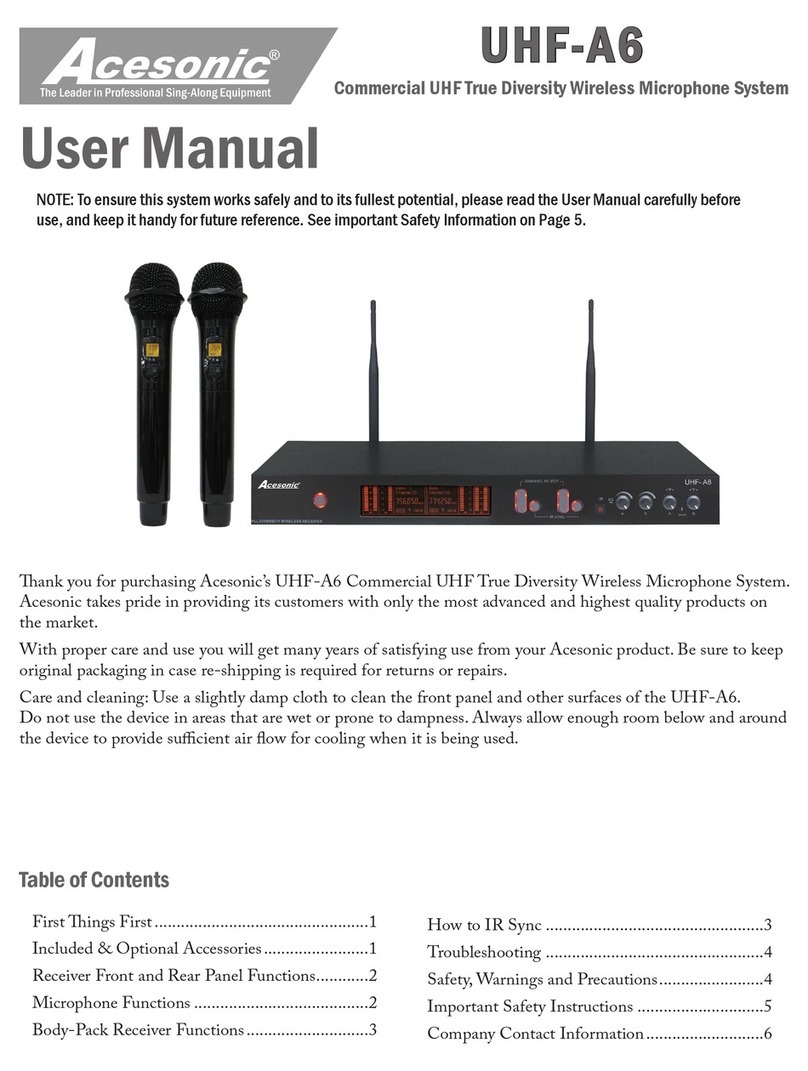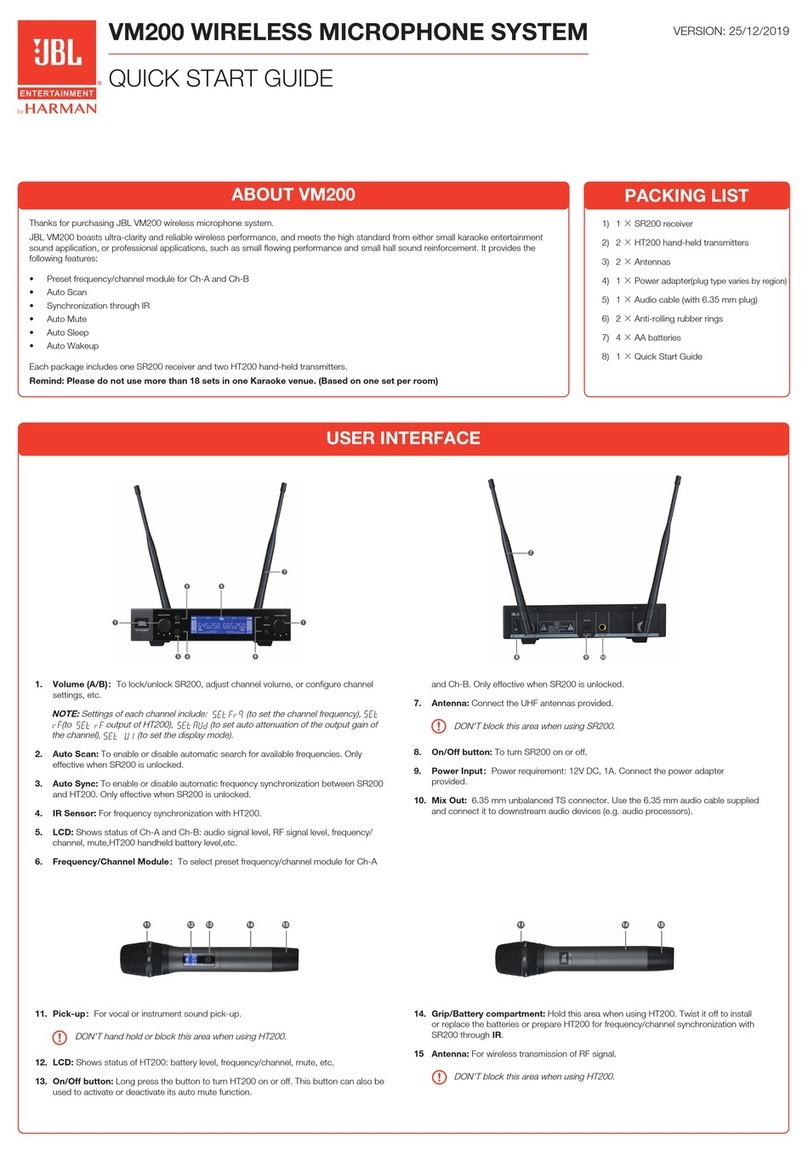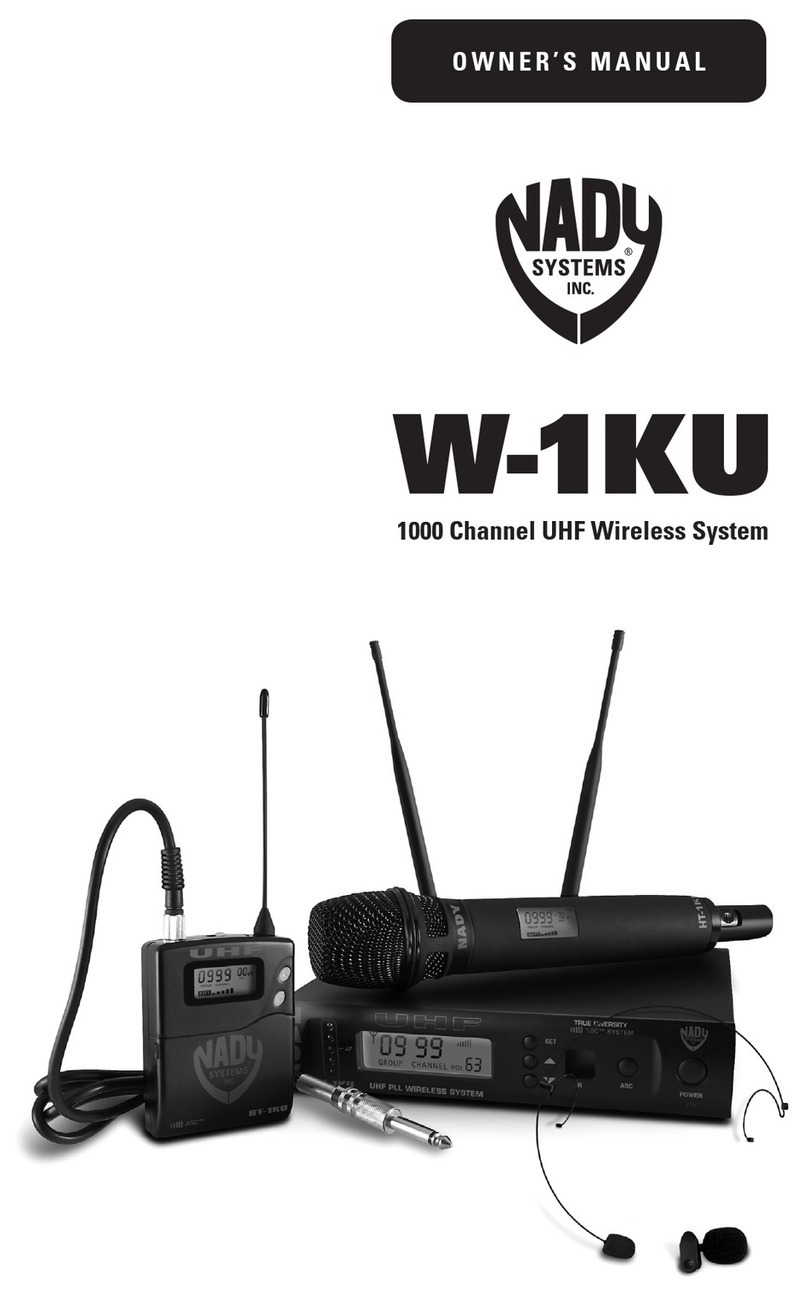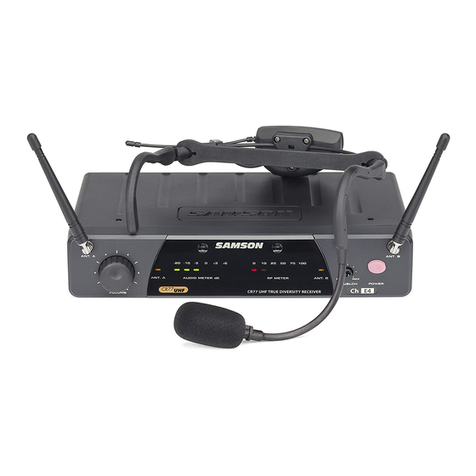
PRECAUTIONS
Disassembly
It
is
assumed
in
the detailed assembly instructions that the lubricant has been drained from the transmission, the
necessary linkage disconnected and the transmission has been removed from vehicle chassis. Removal of the gear shift
lever housing assembly
is
included in the detailed instructions (Disassembly and Reassembly-Shifting Controls);
however, this assembly must be detached from shift bar housing before transmission can
be
removed.
FOLLOW CLOSELY EACH PROCEDURE
IN
THE DETAILED INSTRUCTIONS, MAKING USE OF THE TEXT,
ILLUSTRATIONS, AND PHOTOGRAPHS PROVIDED.
1.
BEARINGS-Carefully
wash and relubricate
all
reuseable bearings as removed and protectively
wrapped until ready for use. Remove bearings
planned to be reused with pullers designed for
this purpose.
2.
ASSEMBLIES-When
disassembling the various
assemblies, such as the mainshaft, counter-
shafts, and shift bar housing, lay all parts
on
a
clean bench
in
the same order as removed. This
procedure simplifies reassembly and reduces the
possibility of losing parts.
3.
SNAP
RINGS-Remove
snap rings with pliers
designed for this purpose. Snap rings removed
in
this manner can
be
reused,
if
they are not
sprung or loose.
Inspection
4.
CLEANLINESS-Provide
a clean place to work.
It
is
important that no dirt or foreign material
enters the unit during repairs. Dirt
is
an
abrasive
and can damage bearings. It
is
always good
practice to clean the outside of the unit before
starting the planned disassembly.
5.
WHEN USING TOOLS TO MOVE
PARTS-
Always apply force to shafts, housings, etc, with
restraint. Movement of some parts
is
restricted.
Never apply force to the part being driven after it
stops solidly. The use of soft hammers, bar, and
mauls for all disassembly work
is
recommended.
Before reassembling the transmission, check each part carefully for abnormal or excessive wear and damage to
determine reuse or replacement. When replacement
is
necessary, use only genuine Eaton Fuller Transmission parts
to assure continued performance and extended lite from your unit.
Since the cost of a new part
is
generally a small fraction of the total cost of downtime and labor, avoid reusing a
questionable part which could lead to additional repairs and expense soon after reassembly. To aid
in
determining the
reuse or replacement
of
any transmission part, consideration should also be given to the unit's history, mileage,
application, etc.
Recommended inspection procedures are provided
in
the following checklist.
A.
BEARINGS
1. Wash all bearings
in
clean solvent. Check balls,
rollers, and raceways for pitting, discoloration,
and spalled areas. Replace bearings that are
pitted, discolored, spalled, or damaged during
disassembly.
2.
Lubricate bearings that are not pitted, discol-
ored, or spalled and check for axial and radial
clearances.
Replace bearings with excessive clearances.
3.
Check bearing fit. Bearing inner races should
be tight to shaft; outer races slightly tight to
slightly loose
in
case bore. If bearing spins
freely
in
bore, case should
be
replaced.
12
B.
GEARS
1. Check gear teeth for frosting and pitting. Frost-
ing of gear teeth faces present no threat of
transmission failure. Often
in
continued opera-
tion of the unit, frosted gears "heal" and do not
progress to the pitting stage.
In
most cases,
gears with light to moderate pitted teeth have
considerable gear life remaining and can be
reused, but gears with advanced stage pitting
should be replaced.
2.
Check for gears with clutching teeth abnormally
worn, tapered, or reduced
in
length from clash-
ing
in
shifting. Replace gears found
in
any of
these conditions.
-























